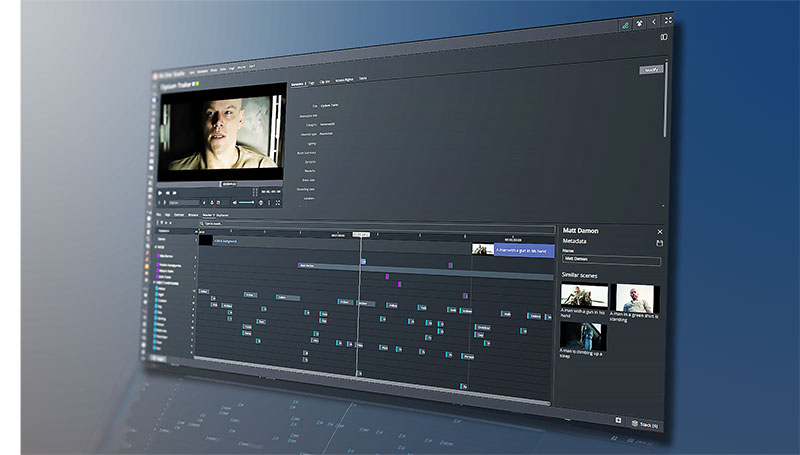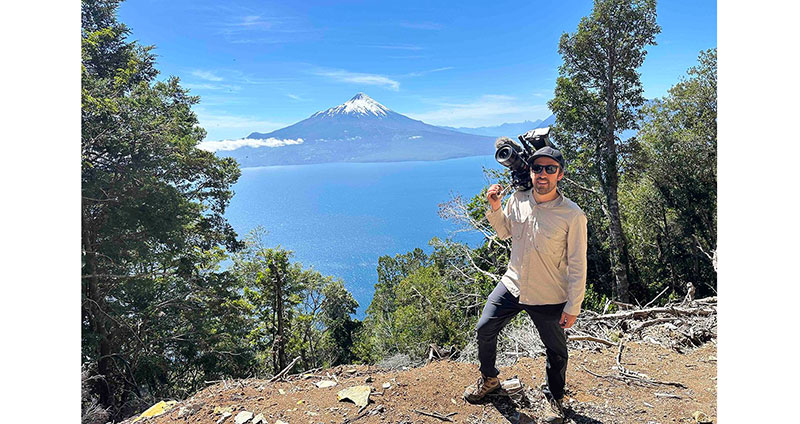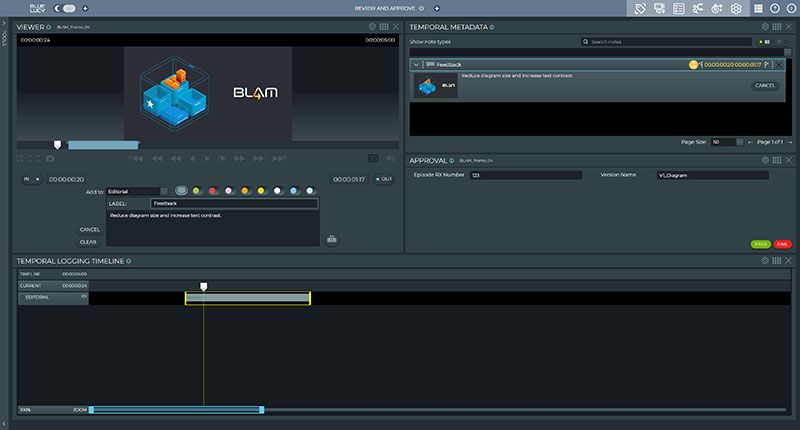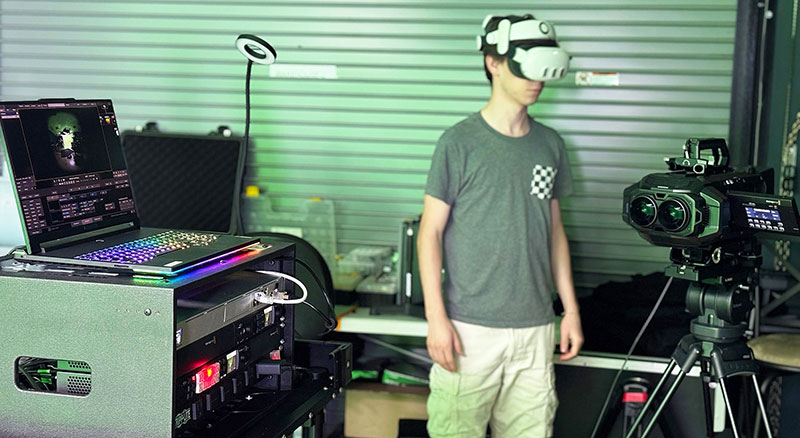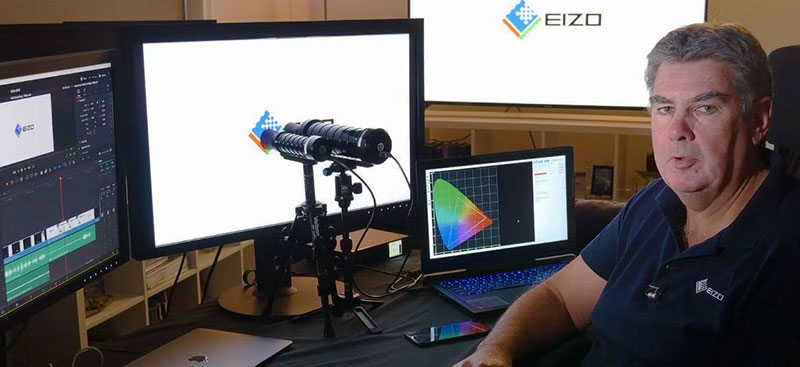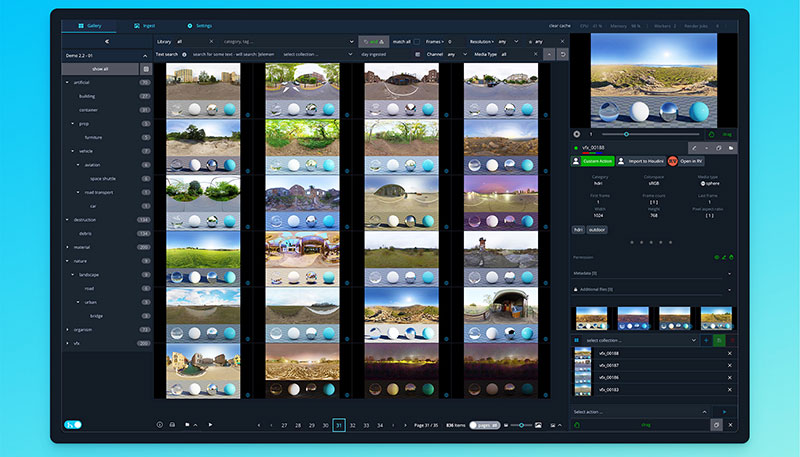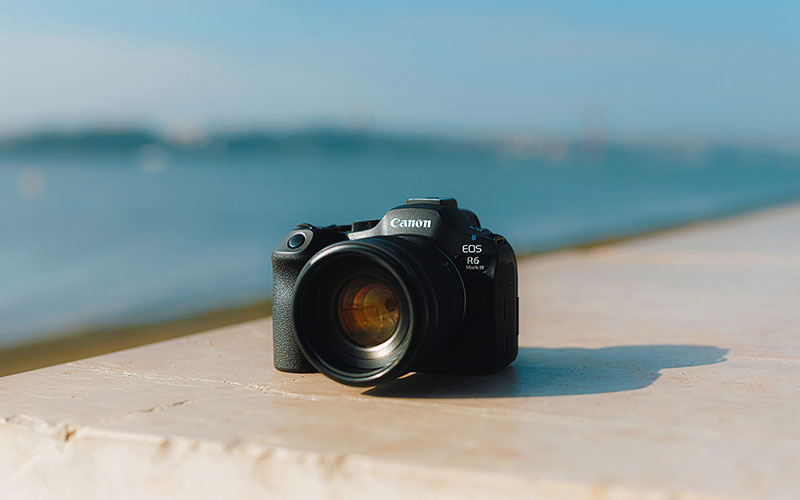Colourist Masahiro Ishiyama of ARTONE FILM completed the colour grade on Blackmagic Resolve with Director Takashi Yamazaki on his Oscar-winning film ‘Godzilla Minus One’.
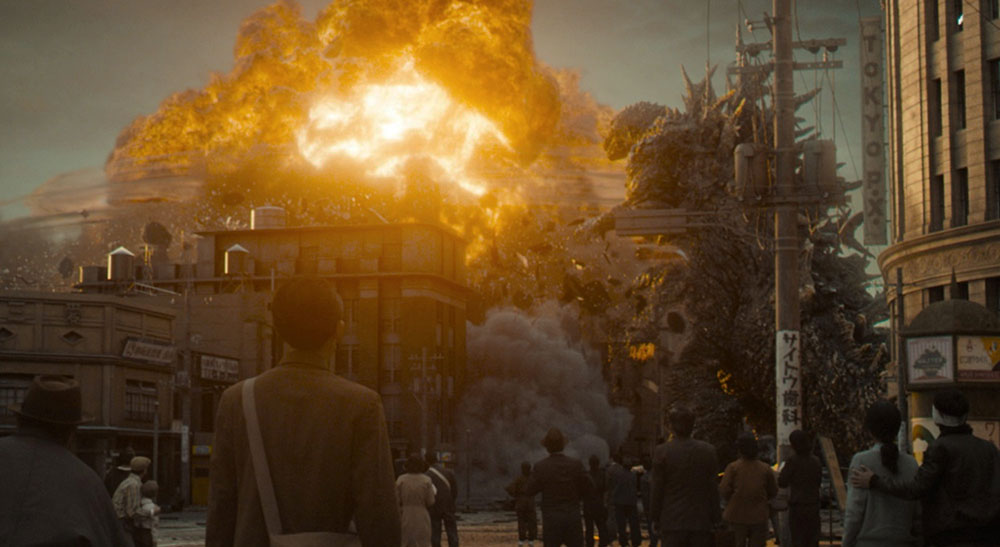
Image: ©2023 TOHO CO., LTD.
Takashi Yamazaki directed, co-wrote and handled VFX supervision for ‘Godzilla Minus One’. Released in 2023, the movie was produced to commemorate the 70th anniversary of the first Godzilla film, and received acclaim internationally as well as in Japan. It also became winner of this year’ Oscar for Best Achievement in Visual Effects.
The colour grade was completed by Colourist Masahiro Ishiyama of ARTONE FILM in Tokyo, working on DaVinci Resolve Studio and the DaVinci Resolve Advanced Panel. "I’d had the opportunity to work on the grading for Director Yamazaki's previous work, titled 'Ghost Book,' and during the production of that film, I was also approached with the new Godzilla film," said Masahiro Ishiyama, who is representative director and colourist at ARTONE FILM.
Historic Look
Regarding the creation of the look for the film, he said, "Given its setting in the post World War II era, the director wanted to evoke the atmosphere of the period. However, we didn't want to create a typical desaturated tone to depict an old era. Instead, we aimed to maintain vivid colours while being mindful of the era. Therefore, since we had such distinctive intentions, I created a LUT for filming using DaVinci Resolve."
Although the film was shot digitally, Ishiyama was keen to reproduce the ‘density’ of film as part of his effort to to convey the period atmosphere. "In digital, everything appears overly clear. Film, on the other hand, has its strengths and weaknesses. To recreate a similar effect, I graded the film by breaking the delicate clarity of digital into gradients, creating smudges in the highlights and softening them.
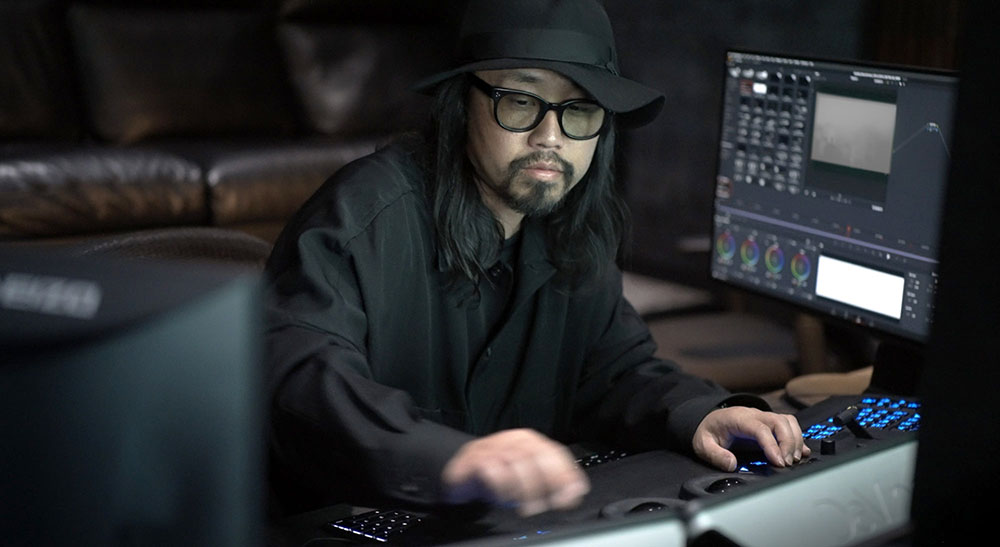
Masahiro Ishiyama, CEO and Senior Colourist, ARTONE FILM
“I also adjusted the luminance of red significantly, to bring out the texture of the skin. By reducing the luminance of red, contrast is emphasised on people's faces. Considering the period setting, there was no need to make the actors' skin tones look beautiful. Instead, we aimed to create an atmospheric look."
Two LUTs
After the shoot, Ishiyama used two different LUTs during grading. "One LUT, similar to a Kodak film look, was created during test grading and used for scenes in Ginza and others, with red tones in the shadows. The other LUT was used for the final battle scene 'Operation Wadatsumi’, which took place at sea, to express the tension of the combat and give it a hard, cold look with a bleached bypass.
“In scenes where it was important to show the expressions of the characters, I used masks on their eyes and tracked them, adjusting details using DaVinci Resolve's Midtone Detail and Texture Pop functions. The eyes are quite important, so I adjusted them for all critical scenes. In movies and dramas, storytelling must take precedence over other elements. I adjusted the colours while considering how to express the director's direction, aking sure that the colours did not interfere with the story."
ACES Workflow
The film underwent post production using an ACES workflow. "Shirogumi, the production company that handled the VFX, had extensive knowledge of ACES, and I also had experience of grading in ACES using DaVinci Resolve," said Ishiyama. "Therefore, we decided to proceed with the ACES workflow this time as well. I created a LUT to ensure that all departments saw the same colors. Thanks to the ACES workflow, when we suddenly needed to deliver a Dolby Cinema version as well as the others, I could adjust the highlights and shadows without clipping."

Image: ©2023 TOHO CO., LTD.
The ACES colour space has a very wide colour gamut that makes it possible to represent more colours and portray scenes more accurately than when using conventional colour spaces. With this greater dynamic range, highlights and shadows have more detail, with a more film-like response, and better handling of extreme lighting and colour saturation.
Also, the default tone mapping in ACES means colours desaturate as they become brighter, in a way that is similar to how humans’ eyes see. Because ACES is capable of encoding all visible colours, with limits extending beyond the colour coverage of the source material, colourists can work more carefully with shadows and highlights and avoid clipping during processing.
Ishiyama said, "When handing over the material to the team at Shirogumi, I carried out match grading to regulate the colour variations in the material and to compensate for the significant variations in weather, especially in the sea scenes. I thought it would be difficult to visualise the final image if they created their CG elements from combinations of original material and the composite, so I delivered the match graded shots to them as VFX plates. They could then create CG based on those shots."
Minus Colour
In addition to colour, a monochrome version of the film called ‘Godzilla Minus One/Minus Color’ was also produced. Ishiyama handled the grading for this version as well. Regarding the creation of monochrome footage, Director Yamazaki requested that the reproduction of light and shadow look similar to Leica's monochrome photographs, with only the important parts being clearly visible.

Image: ©2023 TOHO CO., LTD.
The Leica monochrome cameras have a very high sensor resolution of 40 megapixels and no colour filter array, capturing extremely fine details to produce images with natural-looking sharpness. To replicate that look, Ishiyama devised his own technique. "For example, in the sea scenes, I separated the RGB (red, green, blue) and desaturated them, reducing the luminance of everything except for red to create contrast,” he said.
“As a result, the sea becomes pitch black, with only people's faces popping out. Yamazaki san commented that the sea looked scary. Since I aimed to create a film that would instinctively evoke fear and excitement in the audience, I believe we achieved a visceral experience." www.blackmagicdesign.com








